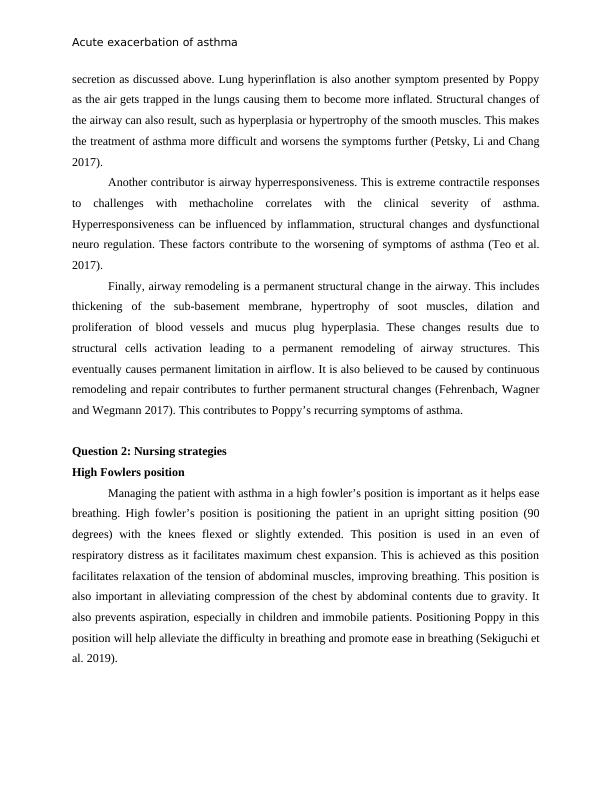Acute Exacerbation of Asthma Assignment 2022
Added on 2022-09-22
8 Pages2358 Words22 Views
End of preview
Want to access all the pages? Upload your documents or become a member.
How to Answer Case Study Questions -
|8
|2541
|43
Asthma: Pathogenesis, Clinical Manifestations, and Treatment
|8
|1870
|38
Nurses Care Practice Case Study 2022
|7
|1986
|20
Pathogenesis of Severe Acute Asthma: Understanding the Mechanisms and Nursing Priorities
|8
|2078
|347
Understanding Asthma: Etiology, Diagnosis, Pathogenesis, Treatment and Prevention
|13
|2528
|390
Pathogenesis and Nursing Strategies for Acute Exacerbation of Asthma
|7
|1929
|76


